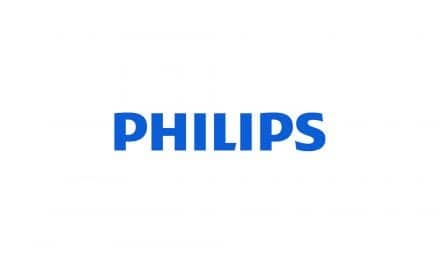Bamlanivimab and etesevimab are neutralizing monoclonal antibodies that bind to different but overlapping epitopes in the receptor-binding domain of the spike protein of SARS-CoV-2. The bamlanivimab plus etesevimab combination blocks SARS-CoV-2 entry into host cells and is being evaluated for the treatment of COVID-19.
On February 9, 2021, the FDA issued an Emergency Use Authorization (EUA) to make bamlanivimab 700 mg plus etesevimab 1,400 mg available for the treatment of outpatients with mild to moderate COVID-19 who are at high risk for progressing to severe disease and/or hospitalization. The issuance of an EUA does not constitute FDA approval of a product.
The FDA previously issued an EUA for bamlanivimab alone and another for the anti-SARS-CoV-2 monoclonal antibody combination casirivimab plus imdevimab, both for use in the same patient population as authorized for bamlanivimab plus etesevimab. See Anti-SARS-CoV-2 Monoclonal Antibodies for detailed descriptions of these other monoclonal antibody options.
The COVID-19 Treatment Guidelines Panel (the Panel) reviewed the clinical trial data included in the EUA for bamlanivimab plus etesevimab as evidence to support its use for the treatment of mild to moderate COVID-19 in high-risk outpatients.
Based on the available evidence, the Panel has determined the following:
- The Panel recommends the use of bamlanivimab 700 mg plus etesevimab 1,400 mg for the treatment of outpatients with mild to moderate COVID-19 who are at high risk of clinical progression as defined by the EUA criteria (see below) (BIIa). Treatment should be started as soon as possible after the patient has received a positive result on a SARS-CoV-2 antigen or nucleic acid amplification test and within 10 days of symptom onset. (See the Panel’s rationale for this recommendation below.)
- It is important to note that the authorized dose of bamlanivimab 700 mg plus etesevimab 1,400 mg is lower than the dose given to participants in the Phase 3 study that provides clinical data in support of this therapy. The authorized dose was extrapolated from data demonstrating its antiviral activity, as well as from in vitro studies and pharmacokinetic/pharmacodynamic modeling (see below).
- The Panel recommends against the use of bamlanivimab 700 mg plus etesevimab 1,400 mg for patients who are hospitalized because of COVID-19, except in a clinical trial. However, bamlanivimab 700 mg plus etesevimab 1,400 mg should be considered for persons with mild to moderate COVID-19 who are hospitalized for a reason other than COVID-19 but who otherwise meet the EUA criteria.2
- Given the possibility of a limited supply of bamlanivimab plus etesevimab, as well as challenges of distributing and administering the drugs, priority should be given to patients who are at highest risk for COVID-19 progression based on the EUA criteria.3,4
- Efforts should be made to ensure that communities most affected by COVID-19 have equitable access to bamlanivimab plus etesevimab.
- Bamlanivimab plus etesevimab should not be withheld from a pregnant individual who has a condition that poses a high risk of progression to severe COVID-19 if the clinician thinks that the potential benefit of the combination outweighs the potential risk (see the EUA criteria for use of bamlanivimab plus etesevimab below).
- There are insufficient pediatric data to recommend either for or against the use of bamlanivimab plus etesevimab or other monoclonal antibody products for children with COVID-19 who are not hospitalized but who have risk factors for severe disease. Based on adult studies, bamlanivimab plus etesevimab may be considered on a case-by-case basis for children who meet EUA criteria, especially those who meet more than one criterion or are aged ≥16 years. In such cases, consultation with a pediatric infectious disease specialist is recommended.










